Friday Five: A look at The UP, forgotten contemporaries of The Stooges and MC5
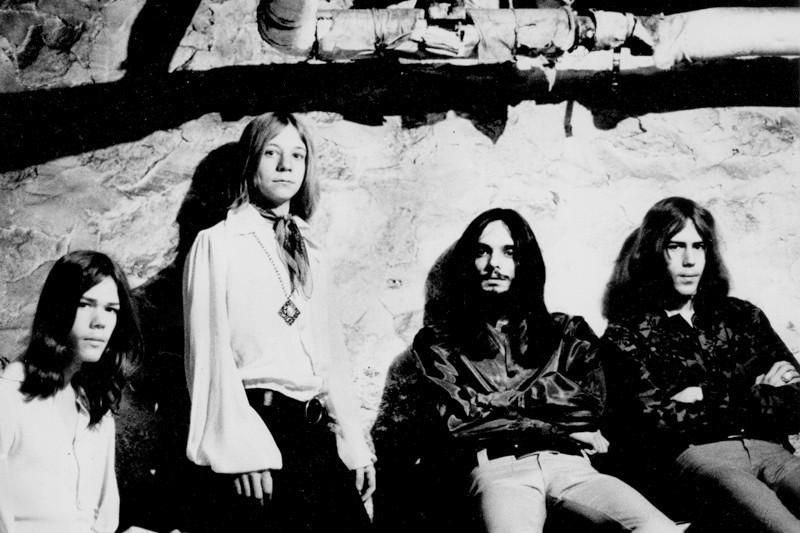
Friday Five highlights music by Washtenaw County-associated artists and labels.
This week, we have a special edition focusing on The UP.
*****
As Ann Arbor creeps towards its bicentennial in 2024, residents can be proud of a history rich in accomplishment, with achievements in medicine, politics, and sports that mark this city as a force for progress in human endeavor.
But who cares?
For millions of music fans around the globe, the only reason to discuss A2 is its role as an incubator for two bands whose uncompromising sounds proved an important step in the evolution of punk rock and heavy metal. The MC5 and The Stooges spent formative years here in the late 1960s, experimenting with volume and energy in our basements, living rooms, and public parks while perfecting distinct approaches to raw, aggressive rock 'n' roll.
September 23 is the 54th anniversary of the University of Michigan Union Ballroom gig that got both bands signed to a major label, and it's a cultural moment worth celebrating.
Elektra representative Danny Fields was in town to evaluate the MC5's viability, but after watching this show, he saw the future and offered both The Stooges and the MC5 record contracts the next morning.
The third act on that bill, The UP, did not get a big break that night—or any night, since no record label ever signed the band. But the Ann Arbor group's dedication to revolutionary rock 'n’ roll was just as savage as that of its peers.
Sweet and Dour: Ann Arbor's Seaholm mixes pop-punk with dark lyrics on "It's Raining Outside"

If there was any doubt that a good pop-punk/power pop band can still cut through the musical clutter and make a powerful statement, Ann Arbor-based Seaholm proves it with style.
For example, check out “Cough Syrup,” a terrific single and video from the band’s new album, It’s Raining Outside. In just 2:11, the band offers a tremendous burst of musical energy, memorable visuals, and an earworm (“Can you please tell me what’s going on?”) that will stick with you for days.
It’s Raining Outside is a short, sharp album that displays the band’s talent for combining dynamic musicianship with thoughtful lyrics. On “Weatherman,” the album’s keystone, they sing: “What’s the weather like today? / I want the rain to wash me away / Cleanse me of my guilt and take me home / Say goodbye to the life that I’ve always known.”
Although an earlier lineup did some recordings, It’s Raining Outside fully introduces the current band, which consists of Pat Ray on guitar and vocals, Austin Stawowczyk on bass and vocals, and Kris Herrmann on drums and vocals.
Ray answered a few questions about Seaholm's history and new album via email.
Human Nature: U-M prof Scott Hershovitz talks philosophy with his kids in the book "Nasty, Brutish, and Short"

U-M professor Scott Hershovitz divulges conversations with his two young sons and connects those chats to philosophical concepts in his new book, Nasty, Brutish, and Short: Adventures in Philosophy With My Kids. Among the topics are swearing, sports, racism, and religion.
Hershovitz delves into both questions that his children raise and questions that he and his wife, Julie, face as parents. What makes the book so approachable is that the conversations are set in humous, relatable, day-to-day scenarios. For example, the subject of individual rights emerges when one of the children, Hank, takes ages to decide what to have for lunch after being offered a quesadilla or hamburger:
Shirley Ann Higuchi tells her mother's tale and the bigger story of the Japanese American incarceration during WWII in “Setsuko’s Secret”

Shirley Ann Higuchi illuminates a dark time in U.S. history in her book, Setsuko’s Secret: Heart Mountain and the Legacy of the Japanese American Incarceration.
Through the lens of long unspoken family stories, Higuchi recounts how Japanese Americans were removed from their homes and businesses, then forced to live in one of the 10 concentration camps created during World War II as the result of unfounded security concerns. The memories and trauma of that time are still felt today.
Higuchi, who grew up in Ann Arbor and went to the University of Michigan, will speak about her book at the downtown Ann Arbor District Library on Thursday, September 22, 6:30-7:30 pm. She is a lawyer for the American Psychological Association, a past president of the D.C. Bar, and chair of the Heart Mountain Wyoming Foundation, which operates a museum on the site of the former camp.
In Setsuko’s Secret, Higuchi writes of the camp where her parents met, Heart Mountain:
Friday Five: Formula 734, Cashmere + Casia, Luna Pier, Kiyoshi, Digital Ether
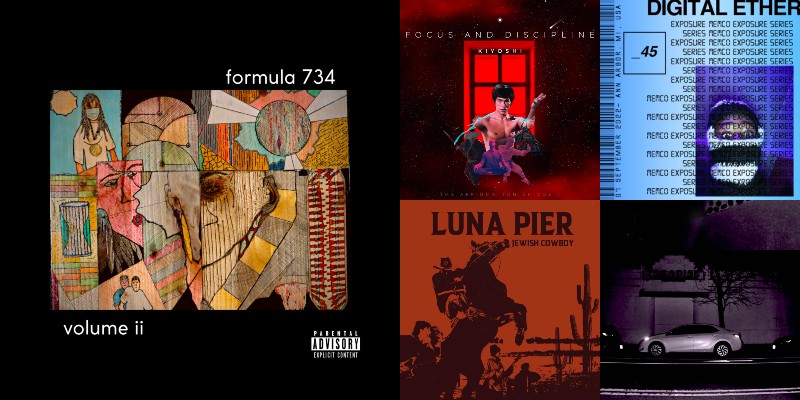
Friday Five highlights music by Washtenaw County-associated artists and labels.
This week features hip-hop from Formula 734, Kiyoshi, and Digital Ether, country by Luna Pier, and bedroom hip-hop-pop by Cashmere + Casia.
Encore Musical Theatre’s Fats Waller tribute "Ain’t Misbehavin'" struts and swaggers
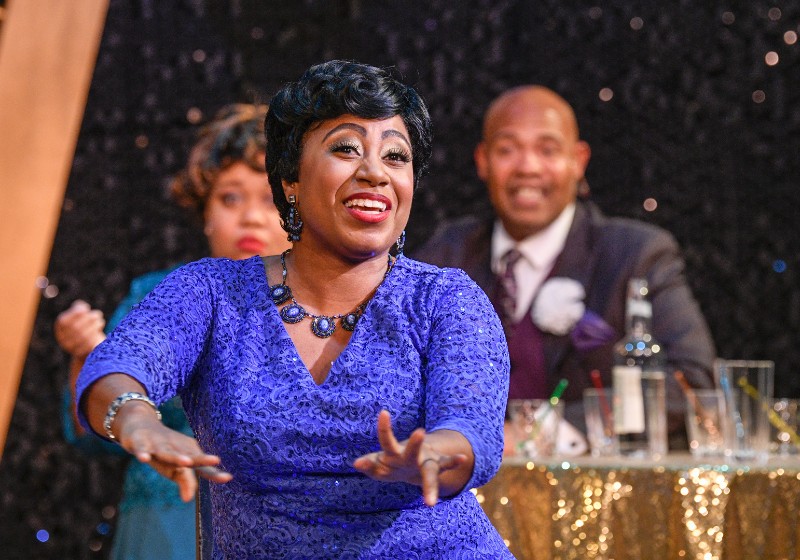
Thomas Wright “Fats” Waller was only 39 years old when he died of pneumonia but in that short life the effervescent showman, composer, singer, master pianist, and amiable comic packed in a lot of life.
The Broadway hit Ain’t Misbehavin’, conceived by Richard Maltby Jr. and Murray Horowitz, is not a musical biography of Waller but rather an infectious presentation of his music and a rollicking recreation of the pianist's uptown swing.
The Encore Musical Theatre Company is taking its audience back to a swank Harlem club to experience that other time and place. Director and choreographer Gerry McIntyre presents a polished, sassy, and moving production that swings from happy-go-lucky and downright sexy to a bit more reflective tone. That arc gives a portrait of Waller that explains his life more than a lecture ever could.
Ann Arbor musician and artist Jib Kidder conquered AADL's 2022 Summer Game
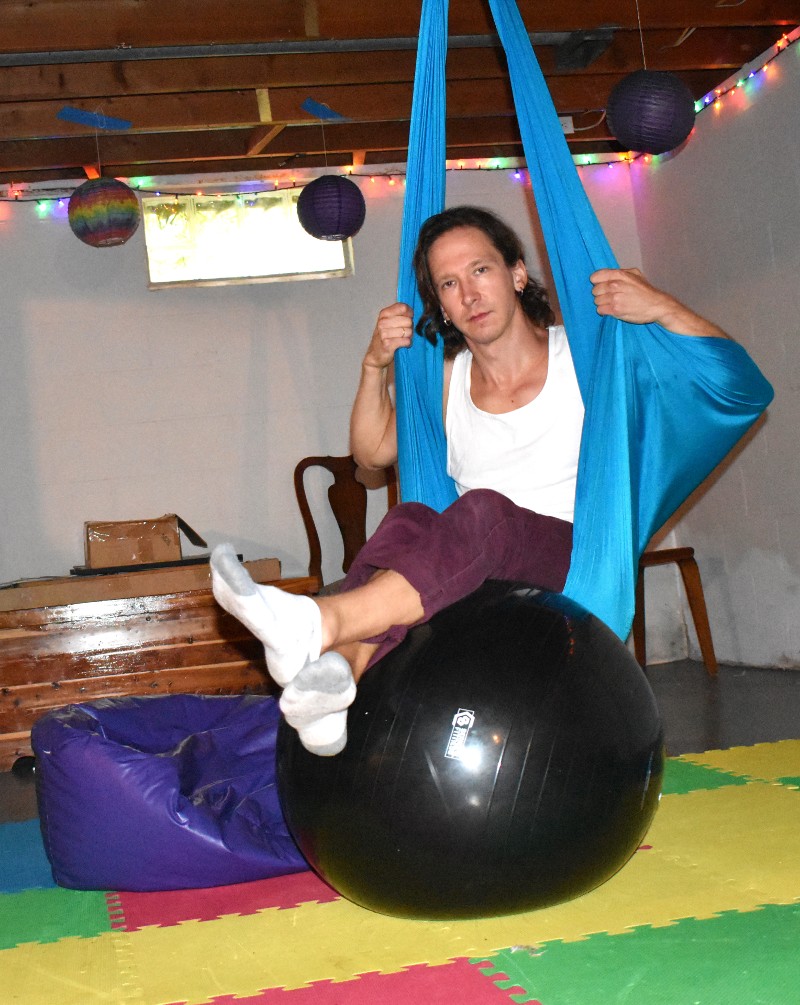
When the Ann Arbor District Library's 2022 Summer Game came to a close on August 28, one name was top of the leaderboard among the record-breaking 10,114 participants:
That name might be unfamiliar to you if you're not into underground electronic music—or missed the 2013 episode of So You Think You Can Dance that featured a guy getting down to "Windowdipper," Kidder's booty-bass track built from samples culled from the Windows operating system.
But for the past 15 years, the man born Sean Schuster-Craig has explored the more esoteric and experimental side of electronic music with relentless vigor while never losing track of the beat. When listening to his music, I kept thinking of the out-there sounds of Aphex Twin and Autechre if they kept their love of hip-hop in the foreground, but Jib Kidder cuts a singular figure as a creative individual.
Whether as a musician, visual artist, video creator, or in the case of our email conversation below, a writer, Kidder approaches his creative endeavors with a slice-and-dice intellectualism that mixes collage, social theory, and humor. (A recent post on his sometimes inscrutable Instagram account features an image with the words "philosophy is just electronic music but words," which seems an indicator of his approach to the arts.)
Kidder cites Weird Al as an early influence, but I have to think avant-garde art and political movements like the anti-capitalist Dadaists and Situationists are right up there, too, alongside his professed love of 1990s Southern hip-hop and, as he told me in one email, "Lindsey Buckingham and Roy Orbison - huge influences." (Kidder is also a classically trained guitarist in addition to being a sampling savant.)
Ann Arbor electronic-music producer Jack Withers turns sadness into sound on his new album, "The Price of Beauty"
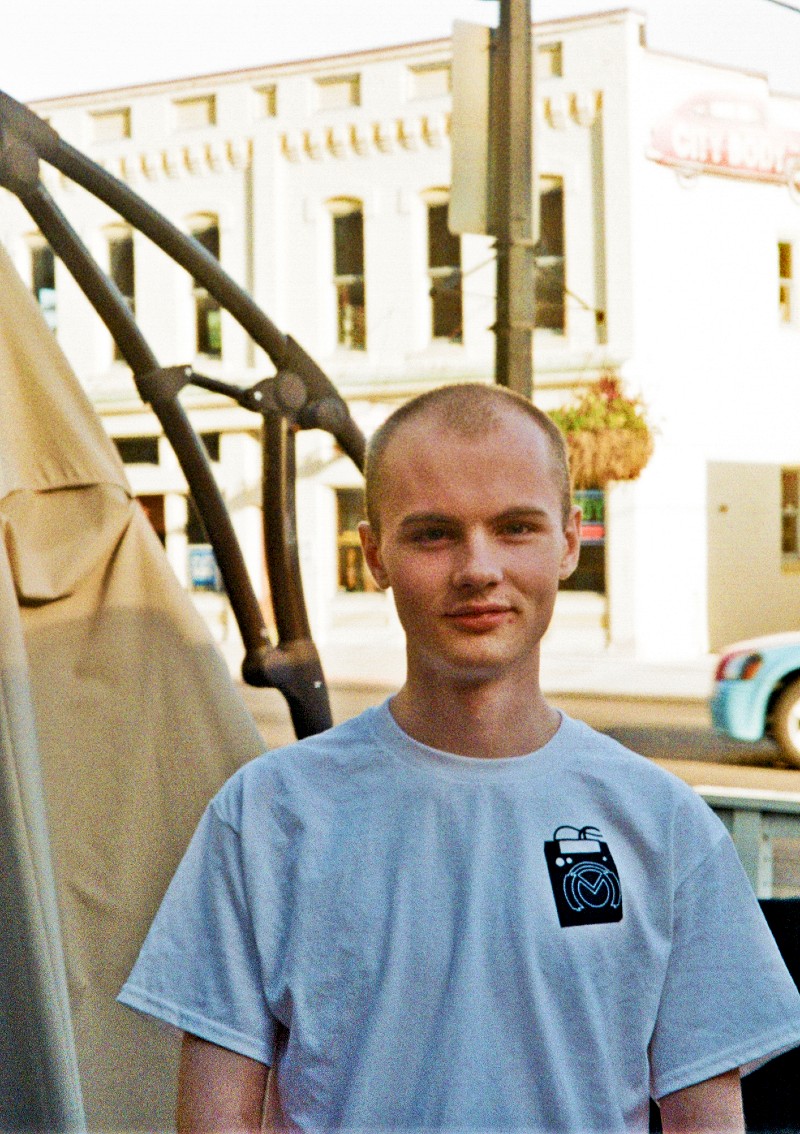
How does an artist alchemize sadness into something beautiful?
Ann Arbor producer Jack Withers ponders this question on his third album, The Price of Beauty.
Withers has released music consistently since around 2019 and is heavily involved in the electronic music community in Ann Arbor as co-president and graphic designer for the Michigan Electronic Music Collective. His music, with influences from Aphex Twin to Flume, ranges from energetic drum 'n' bass to organic ambient sounds.
The Price of Beauty is Wither's shortest album. It's also his most experimental while at the same time feeling the most grounded, perhaps due to a more pared-down sound.
We talked with Withers about his new album, his work, and what’s next.
Future State: The Portingales draw from past experiences on “Paint a Little Tree” album
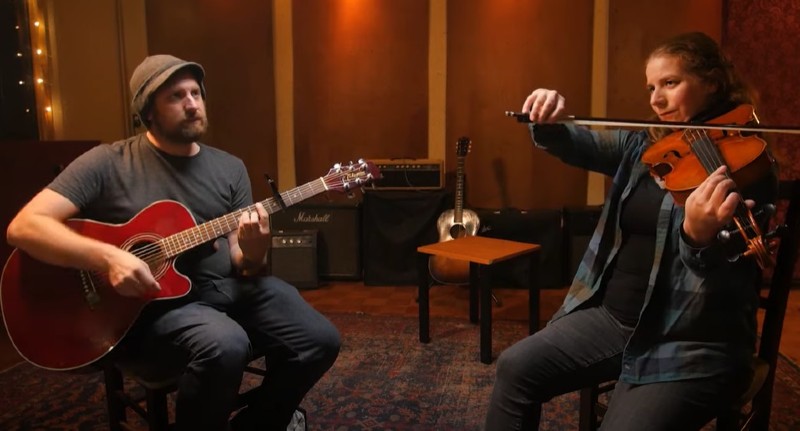
The Portingales thoughtfully depict the future on Paint a Little Tree.
The second album by the Ann Arbor indie-rock duo of Phillip Campbell (vocals, guitars, bass, drums, piano) and V. Rose Cieri (vocals, violin, viola, cello) explores how past experiences, relationships, and life lessons affect how we handle what’s to come.
“I really feel like the theme of this album is ... ‘Your life is what you’re going to make of it. What choices today will you [make] to create the life that you want for yourself while coming to terms with where you’ve been?’” Campbell said. “It’s very much an album at the crossroads of life where you’re sorting things out.”
At that pivotal moment, The Portingales hover between a glistening hope and a haunting melancholy on Paint a Little Tree. Each track elicits a deep search for identity and purpose while tackling longtime challenges and setbacks.
Friday Five: Human Skull, Molly Jones & Hunter Brown, Dillan Pribak, Broomway, Future Holograms
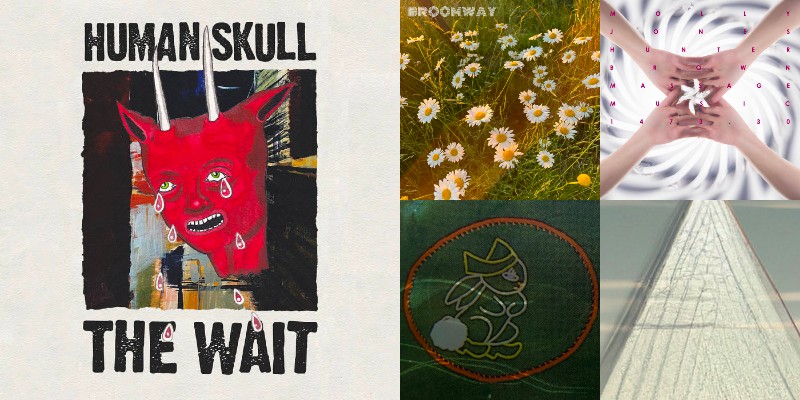
Friday Five highlights music by Washtenaw County-associated artists and labels.
This week features punk-ish rock by Human Skull, avant-garde sound sculpting by Molly Jones & Hunter Brown, and various takes on electronica subgenres by Dillan Pribak, Broomway, and Future Holograms.


































